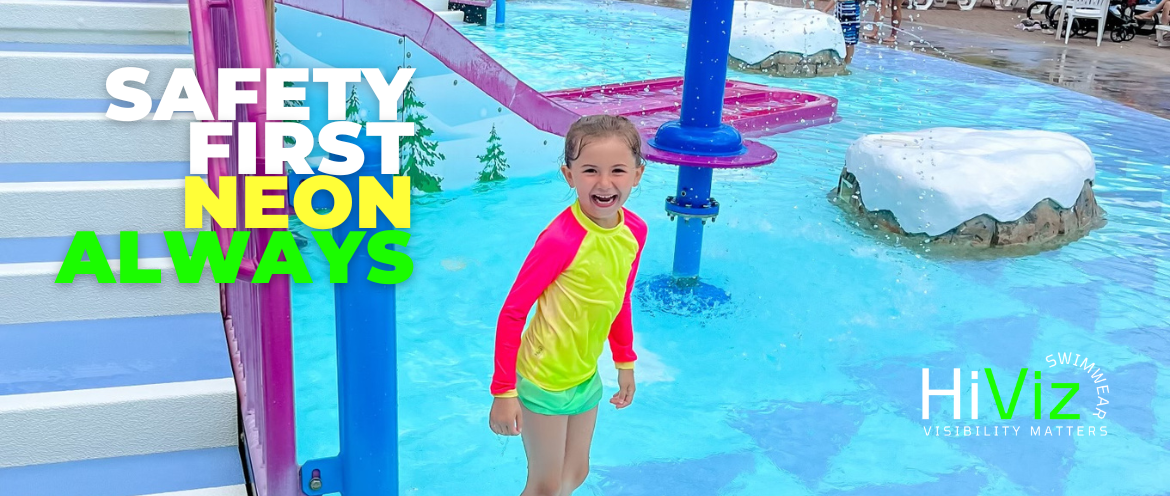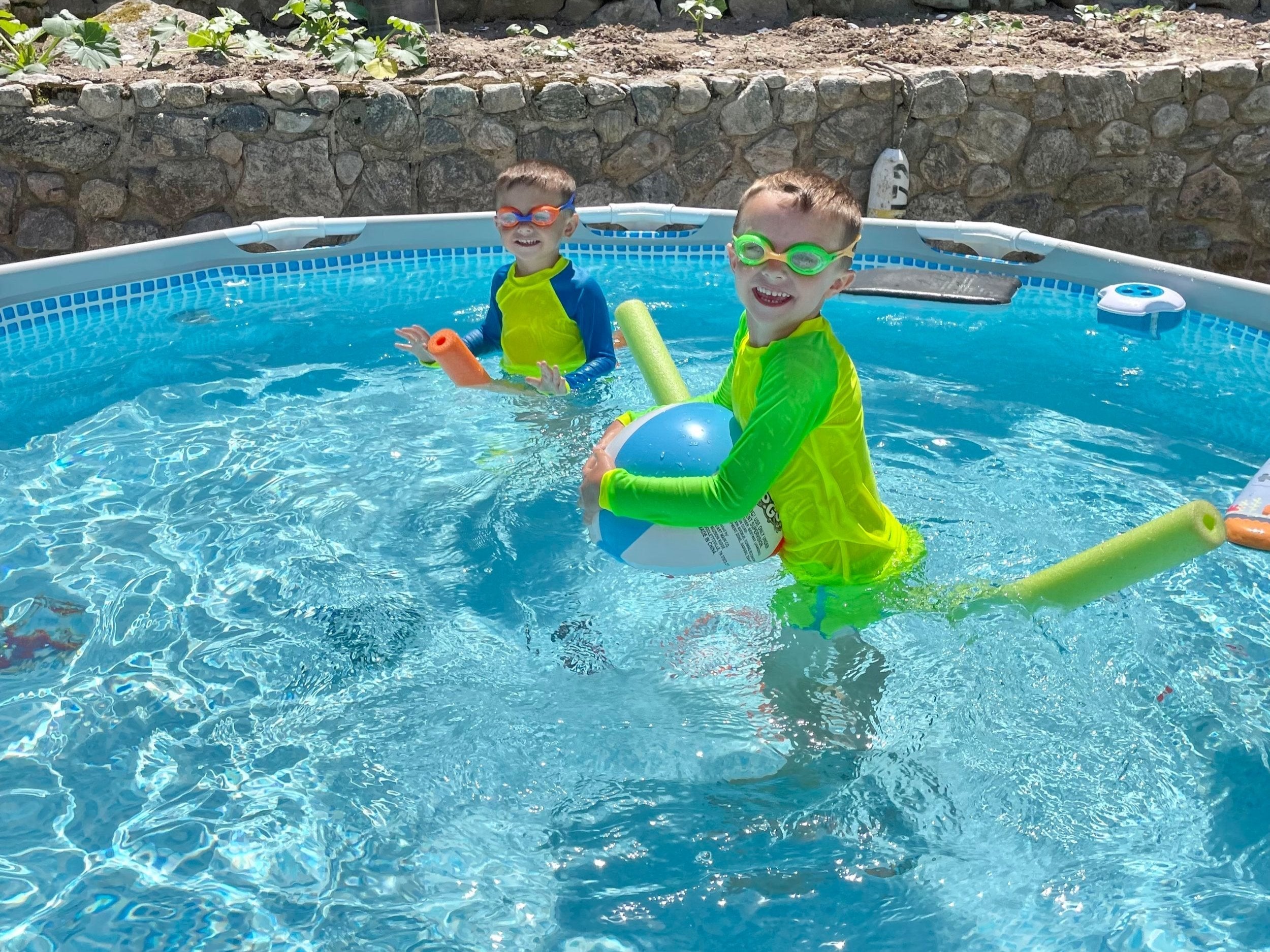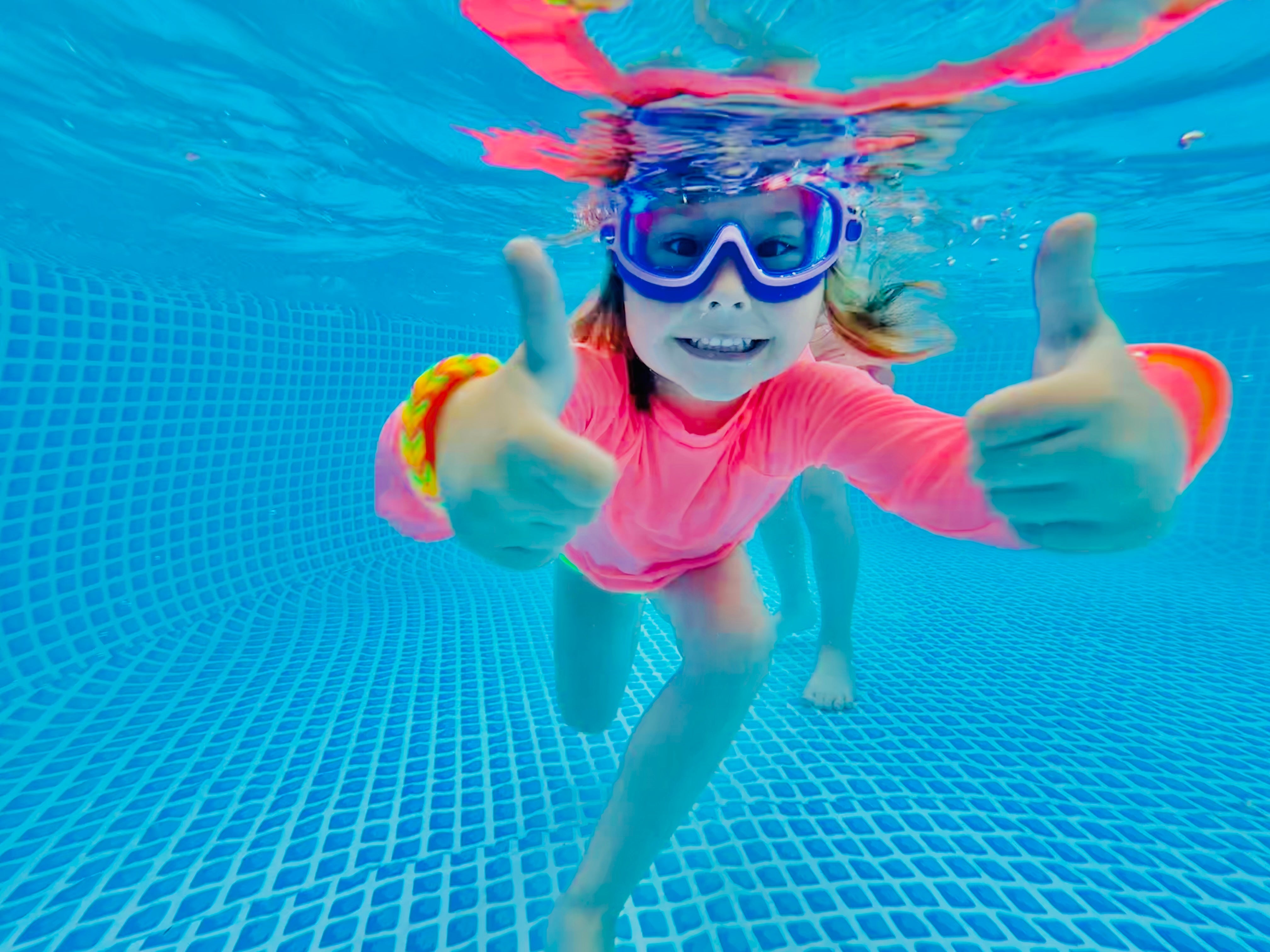Heading Off on Vacation? Water Safety Should be a Top Priority!
We know this time of year, especially in colder climates, we are all thinking about sunshine and beaches, palm trees and pools. For the lucky ones, this time of the year also means VACATION! Heading off on vacation is an exciting time, and it is essential to prioritize water safety, especially if you have children and your plans include swimming pools, beaches, or other aquatic activities. In this guide, we will provide an overview of things to consider to ensure a trip as safe and enjoyable as possible for you and your loved ones as
Identifying & Evaluating Your Vacation Destination Fom a Water Safety Lens
Water Safety When Booking Your Vacation Accommodations
When selecting accommodations, we recommend the following water safety considerations:
Consider the presence of water features and existing safety measures, such as fences or alarms.
Inquire with property management or hosts about specific water safety information and any emergency response plans in place.
Ask about the availability of rescue devices, first aid supplies, and emergency contact information.
Preparation & Packing:
If you have time before your vacation, consider enrolling your kids in swimming lessons before your trip.
Have a family discussion about water safety rules.
Ensure everyone wears brightly colored swimwear for increased visibility; we recommend HiViz neon rash guards!
Review CPR and first aid procedures, and consider taking a basic water rescue course if possible.
Include a First Aid Kit, CPR Mask in your packing.
Pack portable alarms for safety if the property doesn’t have adequate protection or for extra peace of mind.
Water Safety When Staying on Vacation
Water Safety Tips for When You Arrive at Your Destination
Have a family discussion about water safety rules.
Begin by thoroughly inspecting all surrounding water features, such as fountains, ponds-even small fish ponds, pools, lakes, or beaches looking out for hidden areas. Carefully review any safety signage present.
Check the functionality of all barriers and gates, ensuring they close and latch securely.
Take note of all exit points from the house and check for door alarms, properly working latches, and locks.
Post a list of emergency numbers and make sure everyone in your group knows where they are, or better yet, load them into their phone!
After swimming, ensure pools are securely closed and inaccessible to prevent accidents.
If you’re around a public water area, ask about the availability of lifeguards and designated swim hours.
Familiarize yourself with the NDPA’s 5 Layers of Protection and practice active supervision, especially if non-swimmers are present. Our neon rash guards help your kids stand out from the crowd on beaches and around crowded pools or water parks. This visibility enhances your supervision capabilities.
Best Water Safety Practices During Your Stay:
Regularly review your family water safety plan and ensure everyone understands their roles.
Maintain constant supervision with a designated water watcher and have a clear handoff of those responsibilities every 15 minutes. Utilize Levi’s Legacy’s water guardian tag, which you can order here: Levi's Legacy
Make sure everyone remembers where emergency information is; keep it by the phone.
Always wear the recommended USCG-approved life jackets when engaging in water activities, especially in open water.
Do not rely on flotation devices to secure a non-swimmer - non-swimming children should be in an adult’s arms or within arm’s reach at all times when around water.
Choose lifeguarded beaches when possible and familiarize yourself with local beach flag systems.
Implement the NDPA’s 5 Layers of Protection, including active supervision, barriers, and emergency preparedness.
Sun Protection Clothing and Visibility:
In addition to water safety, don't forget about sun protection. Apply sunscreen regularly, wear hats and sunglasses, and seek shade when needed. If you’re in a location that is much closer to the equator than where you live, the sun may be stronger than you are used to, increasing the chances of burning. For enhanced sun protection, dress children in our UPF 50 + neon rash guards to protect the arms and torso from the sun and improve visibility, making supervision easier and reducing the risk of sunburn.
Drowning Statistics:
Childhood drowning is an epidemic and remains a significant concern, especially for young children ages 1-4 and children ages 5-14. The leading cause of death for children ages 1-4 is drowning, and it is the second leading cause of death for children ages 5-14. This is a preventable tragedy.
We feel very strongly that a critical component of drowning prevention is education; if people don’t know the risks, don't have the right information, and don't know the proper water safety measures, we will continue to lose precious lives.
Let’s break it down:
Drowning does not discriminate. It can happen to anyone at any age.
Drowning doesn’t happen because of bad parenting.
According to the CDC, children ages 1-4 are at the highest risk of drowning, with the highest drowning rates occurring in residential swimming pools.
For children ages 5-14, drowning incidents often happen in natural water settings such as lakes, rivers, or oceans.
23% of drownings occur at a family gathering.
Drowning is silent; it is not like what you see in movies.
Drowning happens in 30 seconds or less-this is why proper, constant supervision is absolutely essential.
A child who is experienced wearing a flotation device in water but can't swim has a false sense of safety around water, and their body's muscle memory will put them in the drowning position (vertical) if they accidentally fall in.
Boys are at a higher risk. According to the CDC ~80% of drownings are male.
Autistic kids are 160x times more likely to drown than their neurotypical peers.



